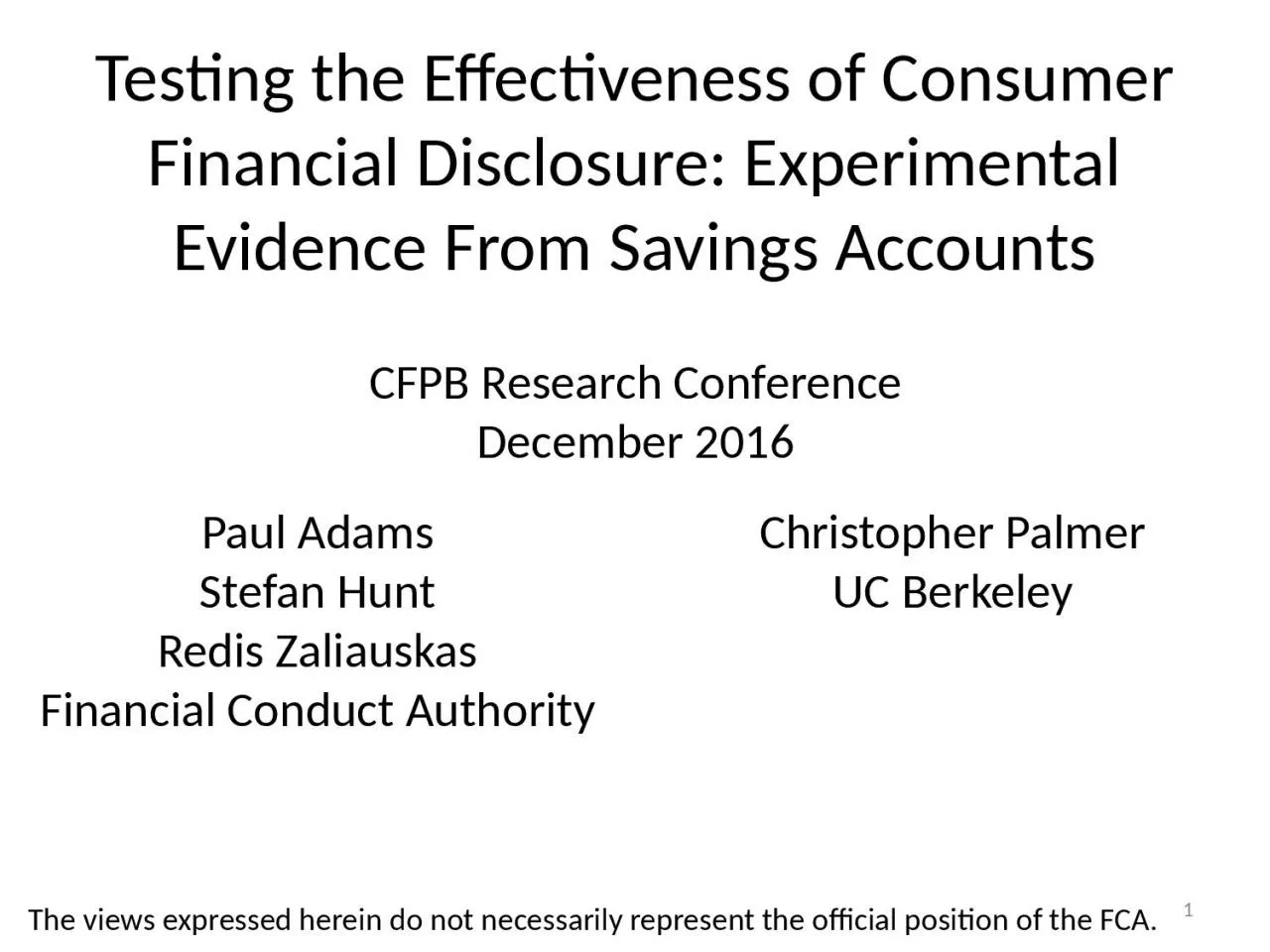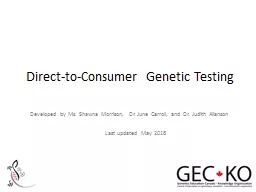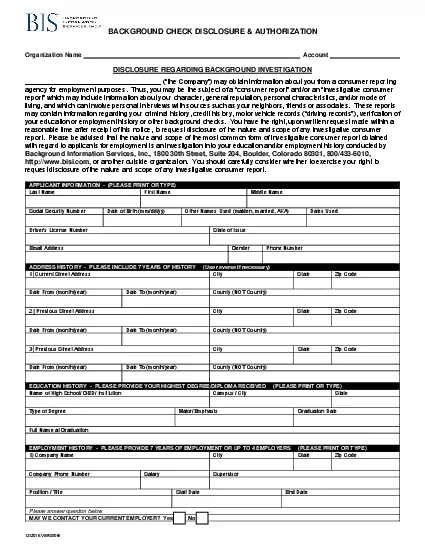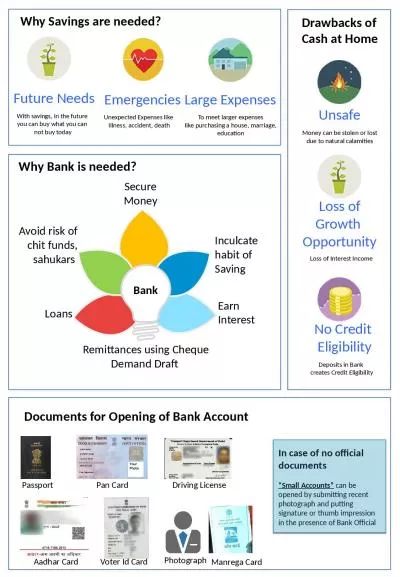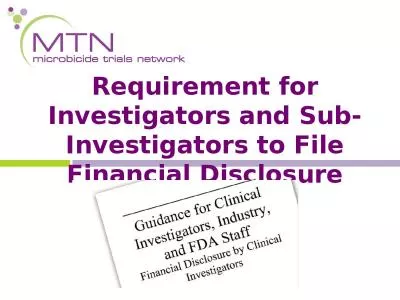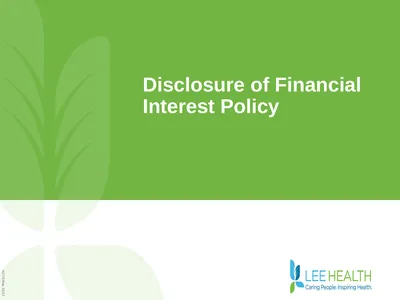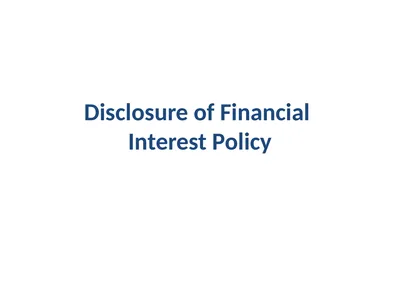PPT-Testing the Effectiveness of Consumer Financial Disclosure: Experimental Evidence From
Author : teresa | Published Date : 2023-11-03
Paul Adams Stefan Hunt Redis Zaliauskas Financial Conduct Authority Christopher Palmer UC Berkeley CFPB Research Conference December 2016 The views expressed herein
Presentation Embed Code
Download Presentation
Download Presentation The PPT/PDF document "Testing the Effectiveness of Consumer Fi..." is the property of its rightful owner. Permission is granted to download and print the materials on this website for personal, non-commercial use only, and to display it on your personal computer provided you do not modify the materials and that you retain all copyright notices contained in the materials. By downloading content from our website, you accept the terms of this agreement.
Testing the Effectiveness of Consumer Financial Disclosure: Experimental Evidence From: Transcript
Download Rules Of Document
"Testing the Effectiveness of Consumer Financial Disclosure: Experimental Evidence From"The content belongs to its owner. You may download and print it for personal use, without modification, and keep all copyright notices. By downloading, you agree to these terms.
Related Documents

